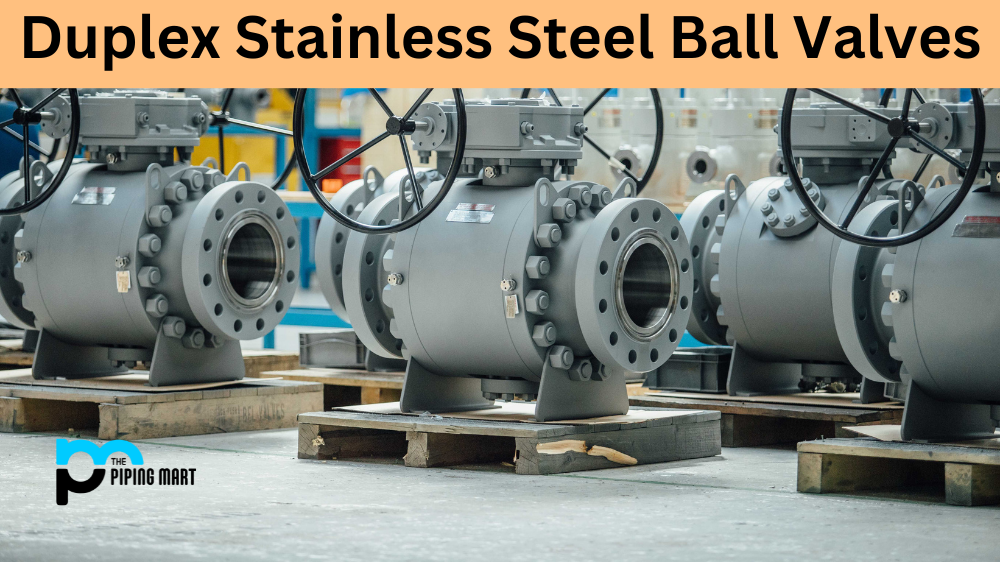Regarding manufacturing parts and components, two processes often come up in conversation—vacuum casting and injection moulding. Both of these processes have pros and cons, so it’s important to know the differences to make an informed decision about which process is best for your business. Let’s dive into the details about vacuum casting vs injection molding.
What Is Vacuum Casting?
Vacuum casting is a process that creates prototypes from silicone rubber moulds. The moulds are created using 3D printing technology, which allows for intricate shapes and designs to be easily replicated. The main advantage of vacuum casting is its low cost—it produces high-quality products at a fraction of the price of other methods. Additionally, vacuum casting is a fast process—you can expect to have your product within days, as opposed to weeks or months, like with other methods. However, vacuum casting has some drawbacks—the moulds have limited lifespans and can only be used for a certain number of parts before they need to be replaced; also, the parts produced via vacuum casting will not be as durable as those made with other methods such as injection moulding.
What Is Injection Molding?
Injection moulding is a process whereby molten plastic is injected into metal moulds to create parts or components. It’s one of the most popular manufacturing processes due to its speed, accuracy and durability. With injection moulding, you can produce high-quality products in large quantities quickly and cost-effectively. The downside is that it requires a large capital investment upfront for tooling costs; also, since it requires precision machinery, it may not be suitable for businesses with limited space or resources.
Difference Between Vacuum Casting and Injection Molding
- Vacuum casting is a process in which molten plastic is injected into a mould that has been placed under a vacuum. This process is typically used to produce small batches of parts or prototypes.
- Injection moulding is a process in which molten plastic is injected into a mould at high pressure. This process is typically used to produce large quantities of parts.
- Vacuum casting is typically more expensive than injection molding due to the increased cost of the mold and the need for special equipment.
- Injection molding is typically faster than vacuum casting due to the high injection pressure, which reduces the time required for the plastic to fill the mold.
- Vacuum casting typically produces parts with better dimensional accuracy than injection moulding due to the lack of flash (excess material) around the edges of the part.
- Injection moulding typically produces parts with better mechanical properties than vacuum casting due to the higher injection pressure and the use of stronger materials.
Conclusion:
At the end of the day, choosing between vacuum casting vs injection moulding boils down to your specific needs as a business owner or entrepreneur. If you need quick turnaround times and don’t mind sacrificing some durability to save money on production costs, then vacuum casting might be right for you; if you need high-volume production runs with quality parts that will stand up over time, then injection moulding might be more appropriate. No matter which method you choose, knowing the differences between them will help ensure that your project is successful!

Abhishek is a seasoned blogger and industry expert, sharing his insights and knowledge on various topics. With his research, Abhishek offers valuable insights and tips for professionals and enthusiasts. Follow him for expert advice on the latest trends and developments in the metal industry.




